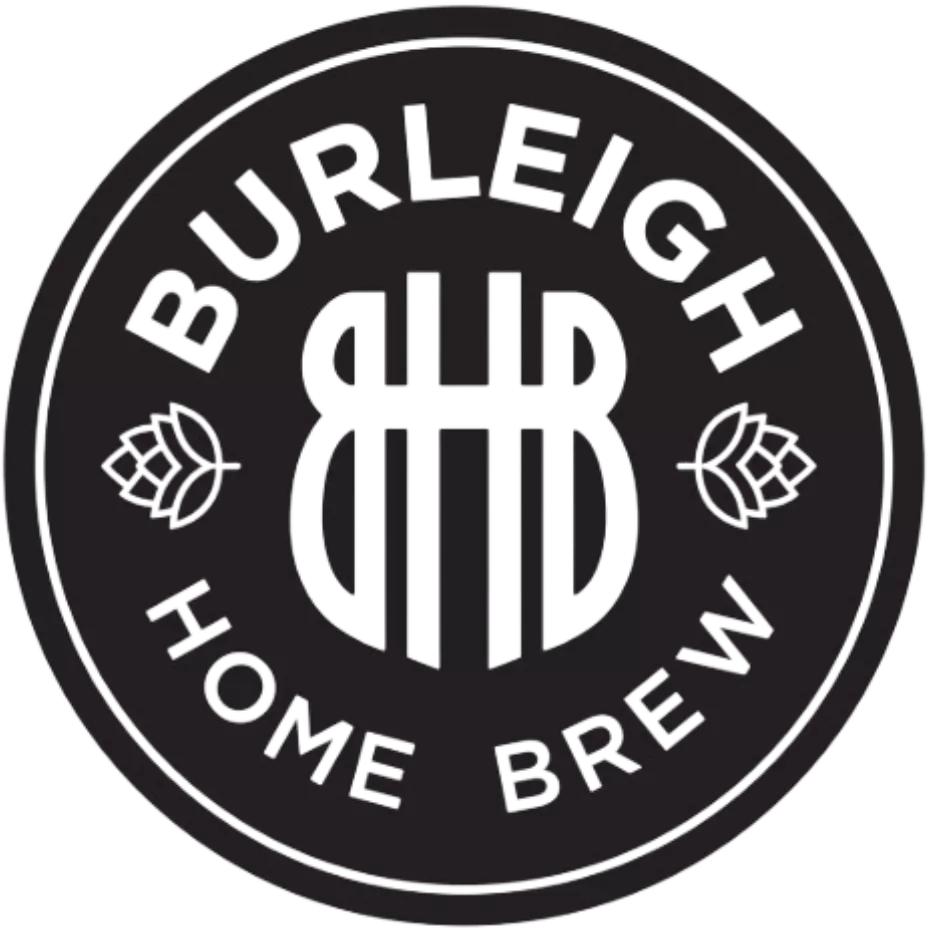THE WHEAT BEER
Hazy and cloudy, these fruity and zesty beers are a crisp and refreshing style.
WHEAT GLORIOUS WHEAT
It doesn’t matter if they’re light or dark, or if they’re called Witbier, Weissbier, Dunkel, Hefeweizen or Kristalweizen, Wheat Beers all have one thing in common. They’re made with plenty of (you guessed it!) Wheat.
THE BACKSTORY
Wheat beer has been around for over 1000 years, and it’s still a drink that’s close to its heritage – which was when Germanic tribes began brewing it in the Middle Ages. Rather than the inclusion of wheat being a bit of creative flair, it was a matter of necessity – quite often, there wasn’t enough barley to make beer, so it was substituted with wheat. Because they were much lighter than the traditional dark ales, these beers were given the name Weissbeer – or white beer.
PLEASANT PROTEIN
The grain mix in a wheat beer is made up of malted wheat (anywhere up to 65%) and malted barley. The added protein from the wheat gives these beers a hazy appearance and a soft, silky mouth-feel.
WHAT TO EXPECT
You first taste a wheat beer with your nose – the aromas range from banana and clove all the way to bubblegum. From there, each variety of wheat beer differs. Traditional Belgian wheat beers – called Witbier – are commonly flavoured with spices like coriander seeds and orange peel, giving them a fruity palate. Unfiltered German wheat beers – called Hefeweizen – have common flavours of banana, bubble gum and vanilla. It’s also worth noting that each of these use wheat differently – Witbiers use un-malted wheat, whereas Hefeweizen brewers malt their wheat first.
FOOD MATCHING
If wheat beer’s on the menu, light foods are the order of the day – especially sushi, steamed mussels or paella.
